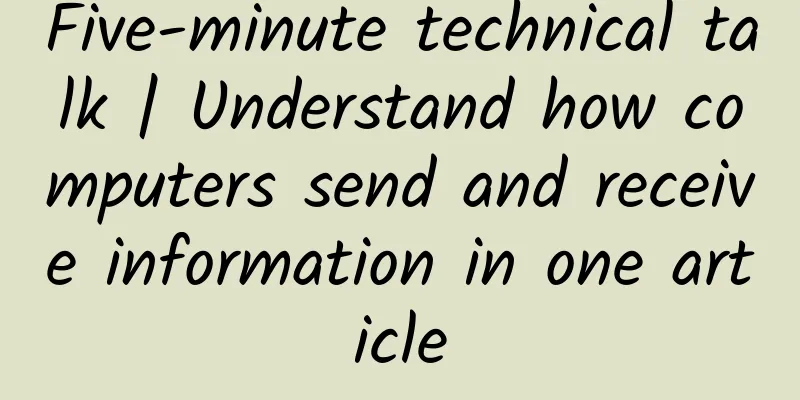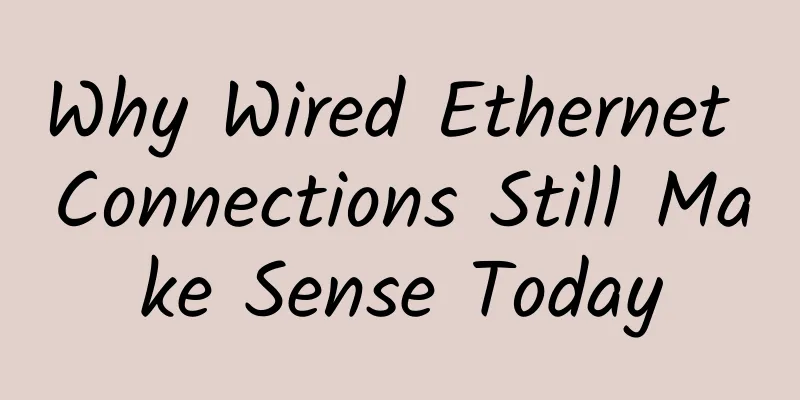Smart building wiring, how to make a wise choice?

|
Smart building networks have many extremely specific requirements, including the need for flexibility, the ability to scale up (or down) easily, PoE (Power over Ethernet) or PODL (Power over Data Line) capabilities, and support for IoT and wireless networks and cloud applications. We are also seeing that previously independent building technology and management systems are migrating to Ethernet-based systems and "on top of IP." This has a significant impact on the choice of structured cabling and network equipment.
Smart building networks need to support a wide range of devices and applications, from communications and telephony to facility management systems, security and access control, IoT devices and wireless access points, to name a few. To meet growing demands and changes that occur throughout the life of a building, flexibility is key. Smart building networks must adapt to the inevitable growth in demand over the next few years, the introduction of new applications and devices, and the changing use of building spaces. Traditionally, buildings are equipped with a vertical wiring backbone that runs straight through the building and branches off wherever wiring meets the floor. From there, it runs connections to individual devices. However, if the designated use of a space in a building changes, rewiring may involve removing walls or adding ports. Therefore, a new approach was developed, using common paths and consolidation points on different floors. This provided greater freedom in developing solutions, but still required designers to adhere to fixed routes. The introduction of wireless access points combining fixed access and PoE made the design, configuration and reconfiguration of the network easier and more suitable for smart buildings. There is no one-size-fits-all solution There is a lot of debate these days about which type of cabling is best suited for smart building development: copper or fiber? However, this is not an easy question to answer. In fact, the only sensible answer is: it depends on the specific project. Many installers and manufacturers are already building the case for LANs that use only fiber cabling. However, most businesses believe that this capability does not require the additional capacity and would be too costly. So in what situations does fiber make sense? Fiber is the best solution when the highest (symmetrical) speeds and lowest latency are required. However, not every connection in a building requires the fastest speeds. And, CAT6A cabling supports speeds of up to 10GB/s over a distance of 100m - definitely enough for most indoor applications, while also providing PoE. In addition to speed and latency, there are other factors to consider. A big reason to utilize fiber is that it can transmit data over fairly long distances. On the other hand, the physical resistance of copper means that its use is limited to shorter lengths. Fiber optics are ideal for carrying signals over long distances into a building and for carrying signals to different floors or areas within a building. However, at each floor, the bandwidth provided by copper cables is more than sufficient for the lengths that typically need to be bridged. Fiber-based LANs eliminate many expensive elements such as wiring closets, UPS power, data grounding, and floor space. However, copper solutions can make elements such as power outlets for individual devices obsolete. Fiber optics are not affected by electrical noise and use fewer electronic components, eliminating a range of potential difficulties related to interference. However, this does not mean that fiber optics are immune to other types of interference. If the light source is not completely monochromatic, pulse interference may occur. This, in turn, introduces inter-symbol interference. In addition, proper shielding ensures that copper will not suffer from interference or crosstalk. Another consideration is that more and more devices are being added to the network. Ethernet is no longer just for transmitting data, but for networking more and more devices. This has a significant impact on power requirements. The new generation of PoE technology can triple the power transmitted over IP networks (up to 90W), making it possible to connect and power devices such as digital signage and TV monitors. In this regard, Power over Ethernet (PoE) supported by copper cables can provide extensive power to devices using data cables. Copper cables that support PoE through the RJ45 interface allow a single network cable to be used to provide data connectivity and power. Copper and fiber optic cables require extra care when installing, but copper cables tend to be easier and more cost-effective to maintain and rewire. Copper cables also support legacy equipment with good performance, while a full fiber LAN will require hardware and equipment upgrades, which can increase the cost of adopting fiber optic cables. In short, neither fiber nor copper is a “better” choice, and the position of each depends on the specific requirements. Decide what is best for each part of the intelligence. When building a network, it’s important to answer a few questions first… What types of performance levels do users and devices require? Not just now, but in the future? What specific conditions exist in the building? What distances need to be bridged? Are there specific requirements regarding functionality (such as powering devices) or uptime? How flexible does your network need to be to accommodate possible future needs? Fiber optics can provide fast speeds and data transfer over long distances, but it is expensive, requires specialized equipment, and is over-specified for many everyday uses now and in the foreseeable future. Copper cable may have some inherent limitations in terms of distance, but provides sufficiently high speeds for countless practical applications, such as connecting wireless access points. In addition, copper cable's support for PoE may be a major factor in your choice, as it contributes significantly to simplified design and network flexibility. The best of both worlds Fiber to the Office (FTTO) solutions can combine the best of both worlds: Fiber is laid from a central switch to a connection point in an office or workplace. Here, a dedicated Ethernet switch ensures intelligent media conversion from copper to fiber. Each FTTO switch is connected to a central distribution switch and Gigabit Ethernet capable ports via PoE, providing a very practical solution for hospital or campus sites where long distances and flexible workplaces are required. In the coming years, fiber and copper solutions will simply exist side by side, with each solution used in applications where it adds the most value and the price makes sense for the business case. Saving money by selecting the “proper” cable may compromise performance, but using the highest performing cable for every inch of the network is both expensive and pointless. You also need to consider the effort and cost associated with maintenance, moves, adds and changes, and installation. Taking the time to select the right type and quality for each part of the network will really pay off in the long run. |
<<: 5G technology will unleash the huge potential of smart cities and the Internet of Things
>>: The truth about 5G speed, is your 5G package worth it?
Recommend
Understand Huawei Enterprise BG's "123456" product strategy in one article and learn about the new +AI series products
[51CTO.com original article] "Huawei Enterpr...
Sailing on the sea depends on the helmsman. Where will FONE take the ship of financial digitalization?
Entering the digital age, digital survival abilit...
10gbiz: Dedicated server promotion from $36.6/month, 1Gbps unlimited traffic server from $118/month, US/Japan/Korea/Hong Kong data centers
10gbiz has released this month's promotion, w...
Can the Internet of Things drive the deployment of IPv6?
IPv6 has features that IPv4 lacks, which makes it...
What are the categories of 800G optical modules?
800G optical modules have entered mass production...
Competition in the fixed broadband market enters the "second half"
China Telecom leads strongly, China Mobile overta...
In the Internet Queen’s “Spring Festival Gala-style report”, what are the things worth spending five minutes paying attention to?
Internet Queen Mary Meeker's annual Internet ...
How will 5G and edge computing develop in 2020?
At the beginning of the new year of 2020, there w...
HTTP methods and usage scenarios
HTTP (Hypertext Transfer Protocol) methods, also ...
5G empowers the transformation and upgrading of the banking industry. How should banks innovate in the 5G era?
Recently, China Mobile and Industrial and Commerc...
SD-WAN: 10 essential considerations organizations need to weigh
SD-WAN is one of the hottest new network technolo...
Three-year pilot licenses have not yet been issued, and the road ahead for virtual operators in 2017 is still difficult
[[177571]] On December 1, the real-name system wa...
The outbreak of 5G still cannot prevent the overall decline of the mobile phone market
In this year hit by the epidemic, sales in the mo...
[Black Friday] edgeNAT: 20% off for monthly VPS and 30% off for annual VPS, top up 500 yuan and get 100 yuan free
edgeNAT is a Chinese hosting company established ...
DediPath New Year Offer: 50% off all VPS hosts, 1Gbps unlimited dedicated server in Los Angeles starting from $39/month
DediPath is a foreign service provider founded in...









